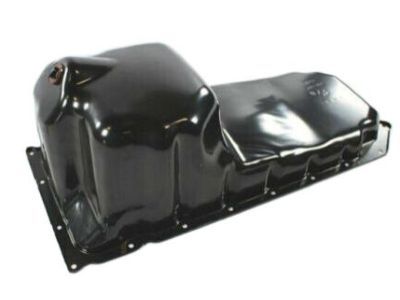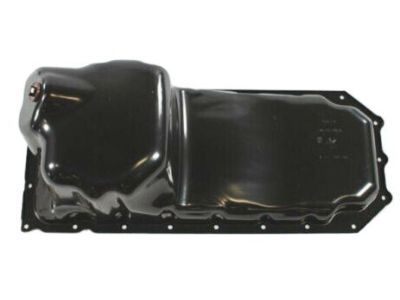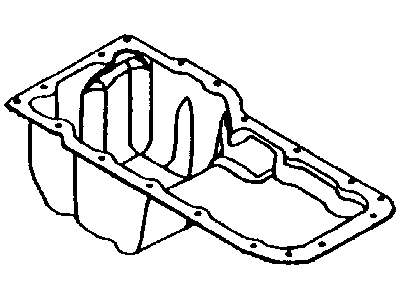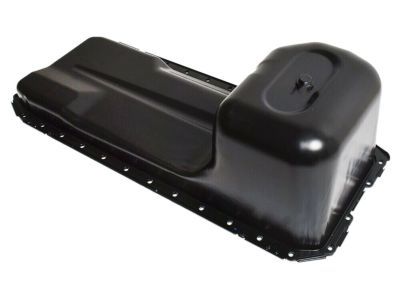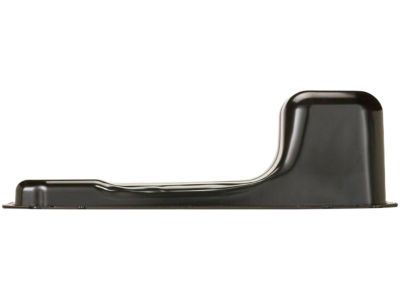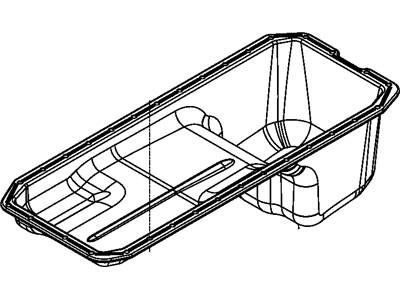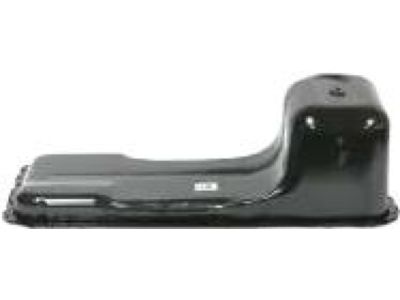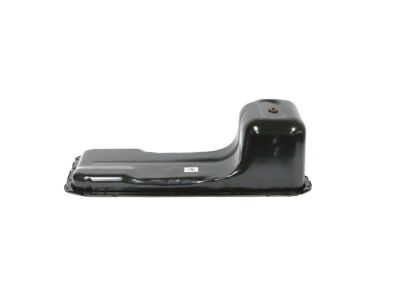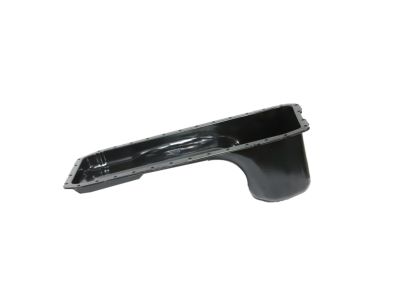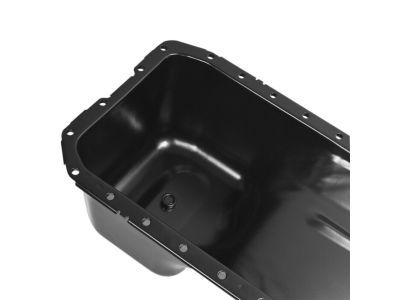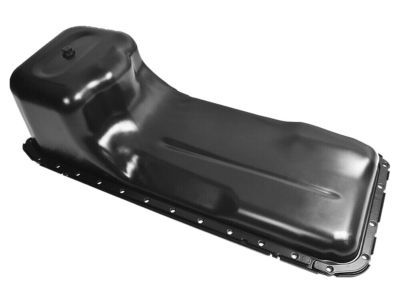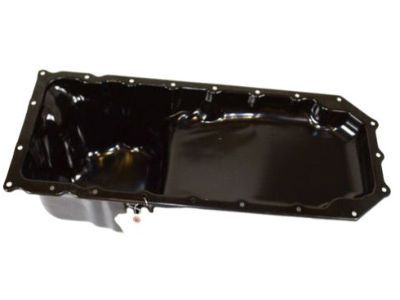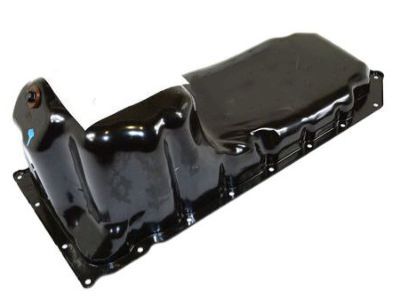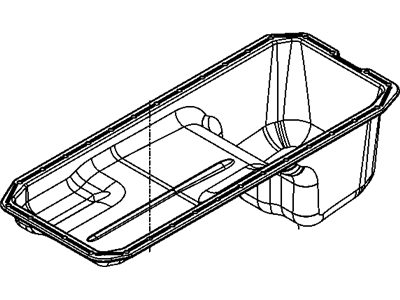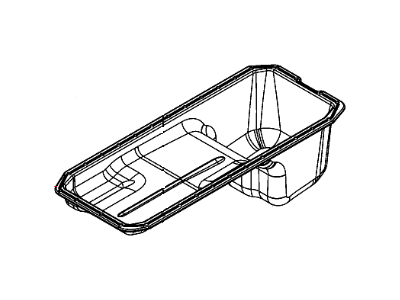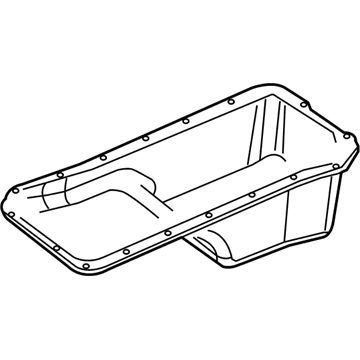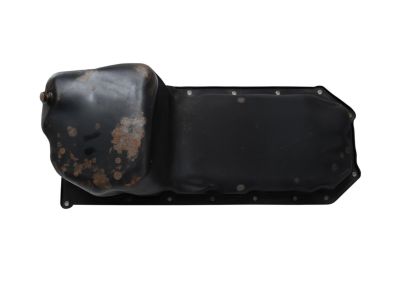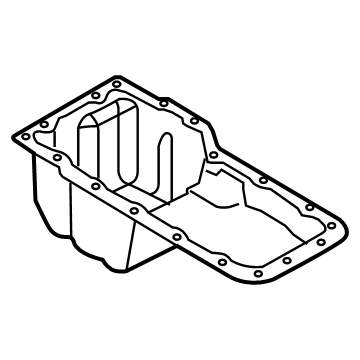
My Garage
My Account
Cart
Genuine Ram 3500 Oil Pan
Oil Drain Pan- Select Vehicle by Model
- Select Vehicle by VIN
Select Vehicle by Model
orMake
Model
Year
Select Vehicle by VIN
For the most accurate results, select vehicle by your VIN (Vehicle Identification Number).
9 Oil Pans found
Ram 3500 Oil Pan
Oil Pan in Ram 3500 act as a receptacle for engine oil for circulation with to enhance the protection of other parts of the engine by reducing their temperatures. The Oil Pan under the engine is used in Ram 3500 and it uses a wet sump system for the collection of the oil. The oil pump utilizes a pickup tube to extract the oil and to pump it through the engine as well as back to the Oil Pan in order to ensure that adequate amounts of oil is circulated under different operating conditions. Traditionally, an Ram 3500 Oil Pans were designed of stamped steel while nowadays cast aluminum is more frequently used for better characteristics. Such a shift in materials is due to improvement in engineering of NFLers and effective management of oil and Weight. The design of the Oil Pan is very crucial to avoiding any undue oil leakage while still making sure that the engine receives sufficient lubrication despite demanding operating conditions.
Looking for affordable and high-quality auto parts? Then you have already arrived at the proper online shop. We offer all Ram 3500 Oil Pan at great affordable prices. Moreover, all genuine Ram 3500 Oil Pan come with a manufacturer's warranty. In the long run, you would realize you have saved a lot of trouble and money with OEM parts from here.
Ram 3500 Oil Pan Parts Questions & Experts Answers
- Q: How to remove and reinstall the oil pan in diesel engine on Ram 3500?A:Disconnect the cables from the negative terminals of the batteries. Drain the engine oil. Raise the vehicle and support it securely on jackstands. Remove the oil dipstick. For 2WD models, remove the fan and fan shroud. Remove the starter. Remove the transmission. Remove the flywheel housing and the driveplate. Remove the steering gear mounting bolts and lower the steering gear. For 4WD models, unbolt the radiator shroud but don't remove it. Attach an engine support fixture or a hoist to the engine lift brackets with a chain. Raise the engine slightly, then remove the front engine mount through-bolts. Continue raising the engine until sufficient clearance is obtained under it. Remove the two bolts from the front of the engine block support. Remove the oil pan bolts and use a putty knife between the block and the pan to break the gasket seal. Lower the pan to access and remove the two bolts retaining the oil suction tube near the front of the block. Lower the suction tube into the oil pan and remove the oil pan and suction tube together. Clean the interior of the oil pan with rags and solvent and clean the oil suction tube. Also clean the pan mounting surface of the block of any sealant, gasket material or oil. On the engine, apply a small bead of RTV sealant to the block and front cover joints, and the block and the rear seal retainer joints. Attach a new gasket to the oil suction tube mounting flange and place the suction tube into the pan, with the mounting flange at the front. Raise the oil pan up next to the block and attach the oil suction tube to the block. Install the oil pan. Tighten the bolts, starting in the center and working towards the ends, to the torque. Install the oil pan drain plug with a new sealing washer and tighten it to the torque. Refill the engine with new oil. The remainder of installation is the reverse of removal. Start the engine and check for oil leaks.

